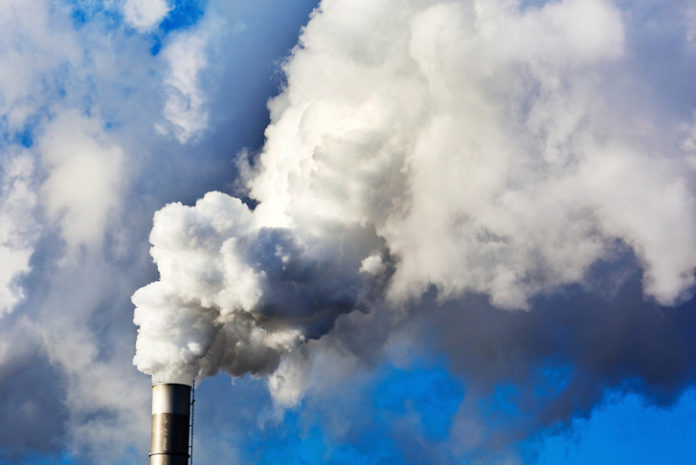
PRESSURE is increasing on the world’s gold mining sector to improve its greenhouse gas (GHG) emissions, said Reuters.
The World Gold Council estimates the sector emitted 32,689 tons of CO2 equivalent per tonne of gold produced in 2018, up 12% from the 2017 total, said Reuters. Gold companies have not yet published estimates for 2019.
Gold grades are falling which requires mining firms to extract more rock for each ounce of gold in an energy-intensive process, said Reuters. In South Africa, delays in permitting have prevented gold miners such as Sibanye-Stillwater from installing renewable energy on its mines whilst having to factor in high Scope 2 emissions owing to its reliance on Eskom, the state-owned power utility.
“There will obviously be increasing pressure to reduce emissions from the mines,” said a Sibanye-Stillwater spokesman. “But consideration needs to be given to the role and impact of Eskom and limited options available to the gold mines.”
George Cheveley, portfolio manager at Ninety One, which holds more than a billion dollars in gold assets, said gold miners’ emissions data had influenced decisions to shift the weight at which to hold certain companies in his funds.
“These numbers are increasingly important – carbon taxes could come in, so you need to establish your exposure,” he told Reuters.
In South Africa, Africa’s second largest producer of gold, a carbon tax on Scope 1 emissions is already in place, and is set to expand to apply to Scope 2 emissions as well from the start of 2023, the newswire said.








